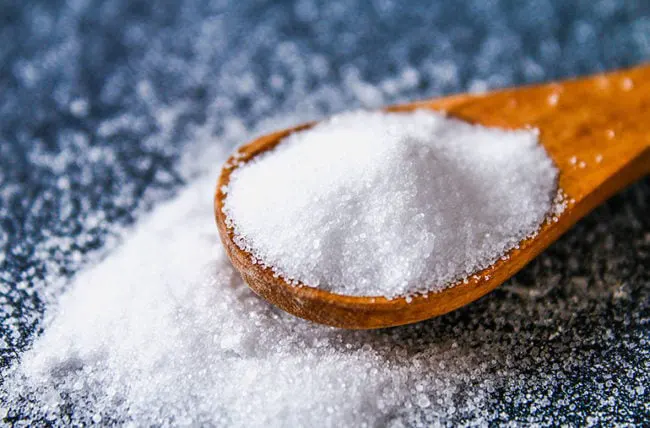A study found that women of all ages are more salt sensitive than men, which may have implications for blood pressure control. According to the World Health OrganizationTrusted Source (WHO), almost 1.3 billion adults aged 30-79 worldwide have hypertension (high blood pressure). And since 1990, the number of people globally with hypertension has doubledTrusted Source.
There are several well-known factors that increase the risk of hypertension. These include Hypertension is more common over the age of 65 .Some ethnic groupsTrusted Source are more prone to hypertension than others. ObesityTrusted Source is a primary risk factor for hypertension. Regular alcohol and tobaccoTrusted Source use.Males have a higher risk of developing hypertension than females. However, this is only until females reach menopauseCardiovascular disease, diabetes, chronic kidney diseaseTrusted Source, and high cholesterol levels can lead to hypertension, especially as people age, a less recognized factor that can drive up blood pressure is salt sensitivity — the tendency of the body to hold onto salt rather than excrete it through the kidneys. A review of epidemiological data published inHypertensionTrusted Source suggests that women of all ages and ethnicities are more salt sensitive than men. And this tendency to hold onto more salt increases after menopause.
“The most important fact highlighted in this review article is that women, whether pre or postmenopausal, are more salt sensitive than men.”
Salt comprises around 40% sodium ions and 60% chloride ions. We need a small amount of sodium, around 500mg (or a quarter teaspoon of salt) per day, to conduct nerve impulses, contract and relax muscles, and maintain the proper balance of water and minerals. However, most people take in more sodium than they need. In higher-income countries, some 75% of salt intake comes from processed foods and meals eaten outside the home. The Centers for Disease Control and Prevention (CDC)Trusted Source advises increasing the fresh food in your diet to reduce salt intake, and if eating processed foods, look for those that have less than 600mg per serving.










